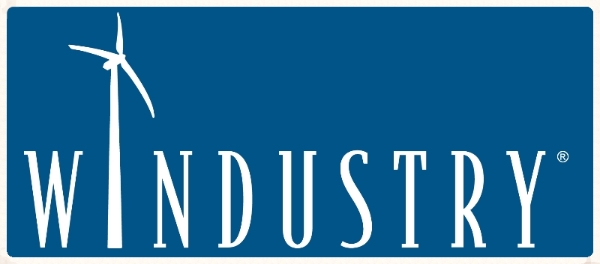The Clean Power Plan is new legislation from the U.S. Environmental Protection Agency that sets new standards for reducing carbon emissions on a state-by-state basis.
Purpose
- Carbon pollution from power plants is America’s largest contributor to climate change
- This plan aims to help slow climate change and protect the health of citizens by reducing pollution coming from fossil fuel burning power plants
- Goal for Clean Power Plan: Reduce carbon pollution from the power sector by 32% below 2005 levels by the year 2030
How it was developed
- EPA edited its draft of the plan using the 4.3 million comments it received from Americans
- Clean Power Plan uses generation data from 2012 to establish the baseline for state emissions reduction plans
Implementation
- Measures states can take to reduce emissions:
- Improve efficiency and reduce pollution from fossil fuel burning power plants
- Increase renewable energy
- Reduce energy demand through energy efficiency programs
- The Plan aims to achieve these reductions by setting tailored goals for carbon reduction for each state (“achievable state-by-state goals to cut carbon pollution)
- “Individual state goals based on states’ current energy mix and where they have opportunities to cut pollution. States then customize plans to meet their goals in ways that make sense for their communities, businesses, and utilities.”
- States have the option of adopting the EPA’s model plan of how to meet requirements or they can create their own plan
- Their plan can either be rate-based (pounds of carbon per megawatt hour) or mass-based (total tons of carbon pollution)
- Renewable energy and energy efficiency improvements can be used to lower pollution rate
- Mandatory reductions in carbon emissions begin in 2022
- Community engagement requirements: EPA requires states to demonstrate how they are working with communities in their initial and final plans
- One tool states can use to meet emissions requirements is the trading program, between states and between power plants
- Clean Energy Incentive Program: a voluntary matching fund program, which rewards states that engage in renewable energy projects and energy-efficiency projects in low-income areas
What the plan means for Minnesota
- Minnesota’s 2030 goal is 1,213 pounds per megawatt-hour. That’s on the high end of this range, meaning Minnesota has one of the least stringent state goals, compared to other state goals in the final Clean Power Plan
- The plan will require about a 40 percent decrease in carbon emissions from fossil fuel burning power plants in MN
- Minnesota will need to submit a final plan by September 2016, or an initial plan with an extension to submit the final plan in September 2018
Sources
http://www.epa.gov/airquality/cpp/cpp-key-topics.pdf
https://blog.epa.gov/blog/2015/08/6-things-clean-power-plan/
http://www.epa.gov/airquality/cpptoolbox/minnesota.pdf

